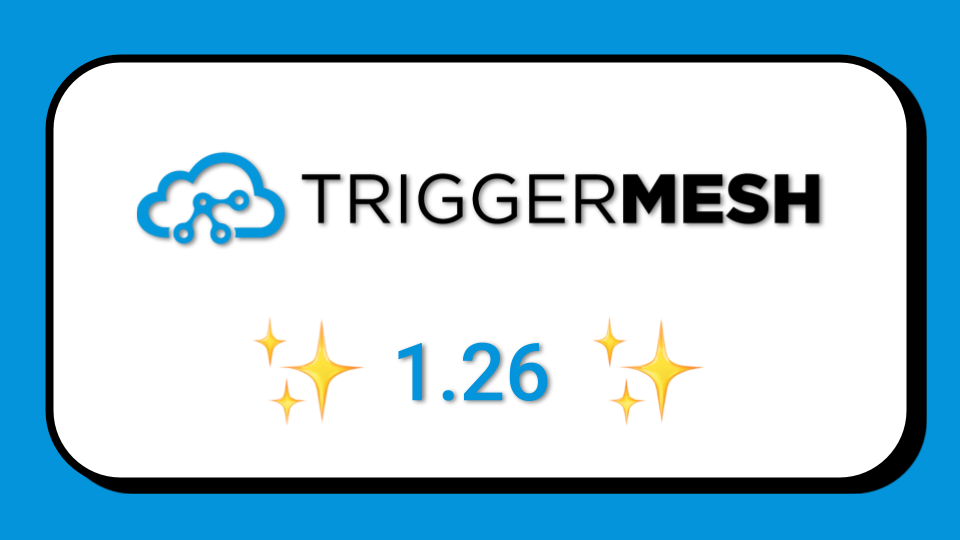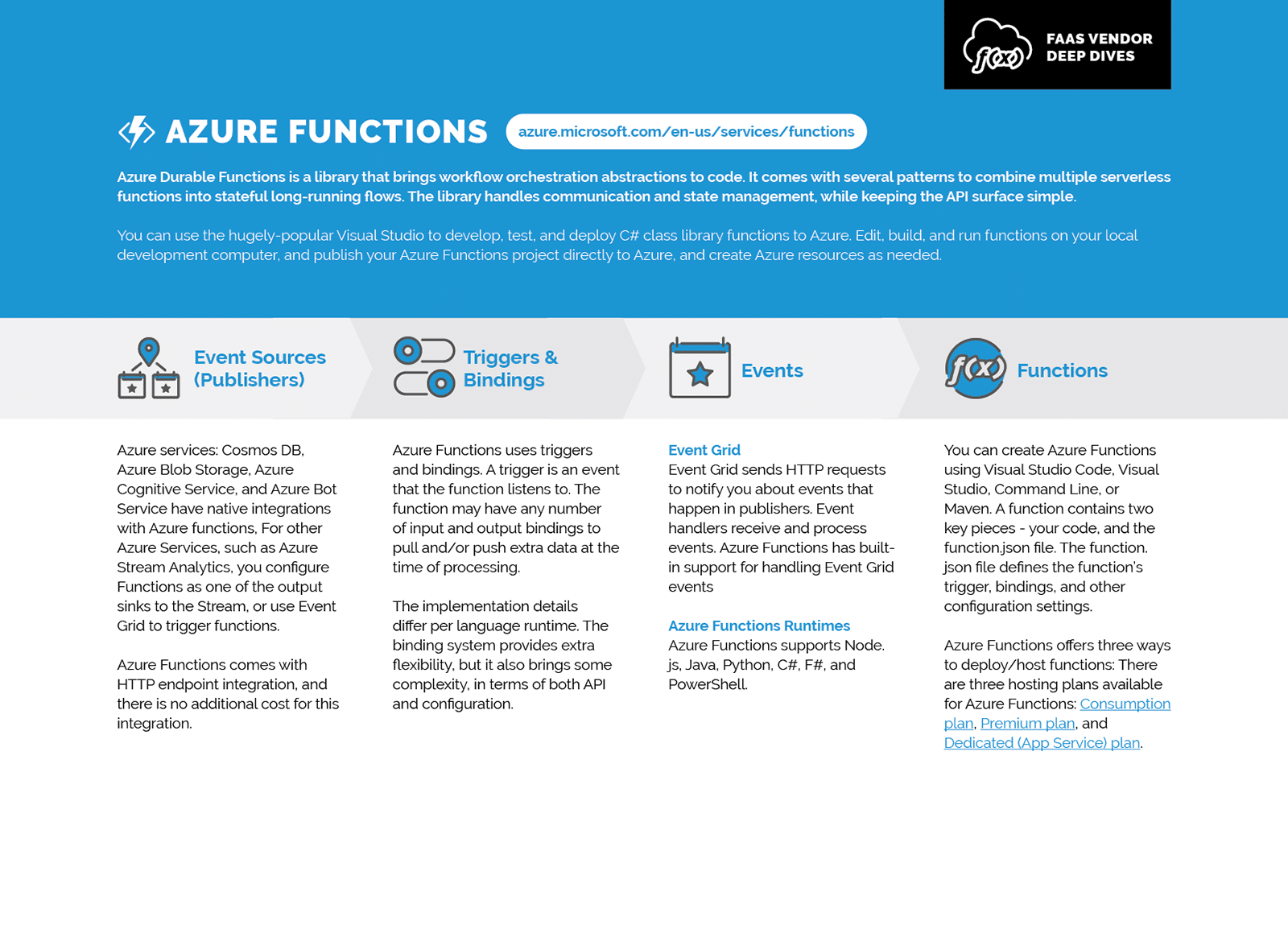




This series of blogs “What Every CIO Needs to Know about Serverless” is designed to help bring clarity and sanity to the sometimes confusing world of serverless.
In part 1 we covered why serverless matters to your digital transformation and we introduced a couple basic concepts. Part 2 broke down the difference between serverless, Functions as a Services (FaaS), and Knative. Part 3 compared the two primary types of serverless offers: FaaS-based and container (Knative)-based.
Here, we get into the nitty gritty. If you’ve struggled to find good, objective resources to explain the similarities and differences between the major FaaS and Knative-based platforms, this blog is for you. At the end, we have a link to download our print-ready At-a-Glance cards – make a developer’s day 🙂
The cards below, which you download at the end of this blog for print, pull details about how the major FaaS (function as a service) platforms work. There’s nothing here you can’t find through persistent digging through each vendor’s documentation. But each vendor organizes their docs differently and uses different terms to refer to the same functional components.




One final pièce de résistance, we give you the ultimate managed serverless comparison matrix.

TriggerMesh believes enterprise developers will increasingly build applications as a mesh of cloud native functions and services from multiple cloud providers as part of a digital transformation. We believe this architecture is the best way for agile businesses to deliver the effortless digital experiences customers expect and at the same time minimize infrastructure complexity.
To bring today’s enterprise applications into this future, the TriggerMesh cloud native integration platform ties together cloud computing, SaaS, and on-premises applications. We do this through an event-driven cloud service bus that connects application workflows across varied infrastructures.
Get all the content from this blog series, including print-ready versions of vendor reference cards, in our guide What Every CIO Needs to Know about Serverless.